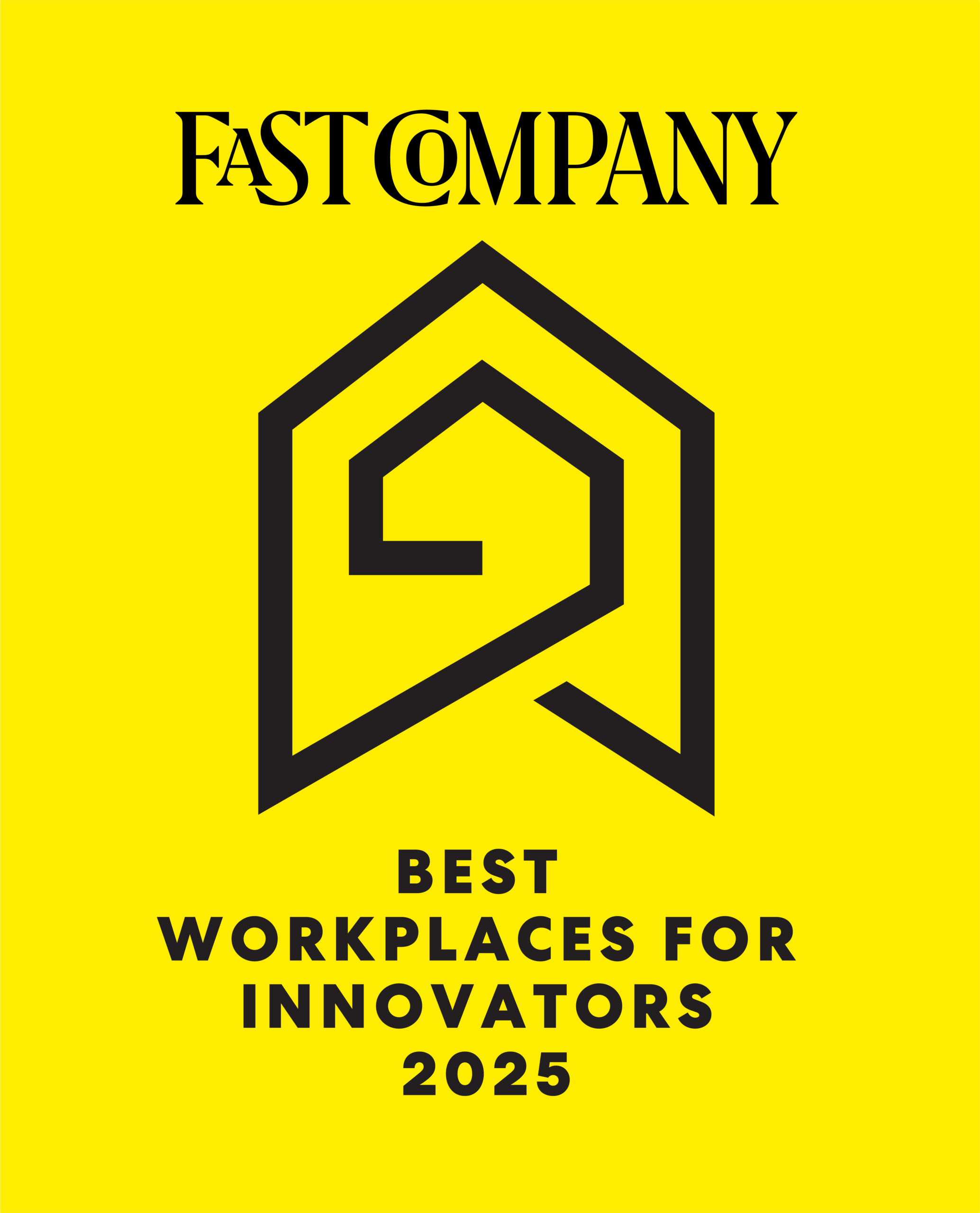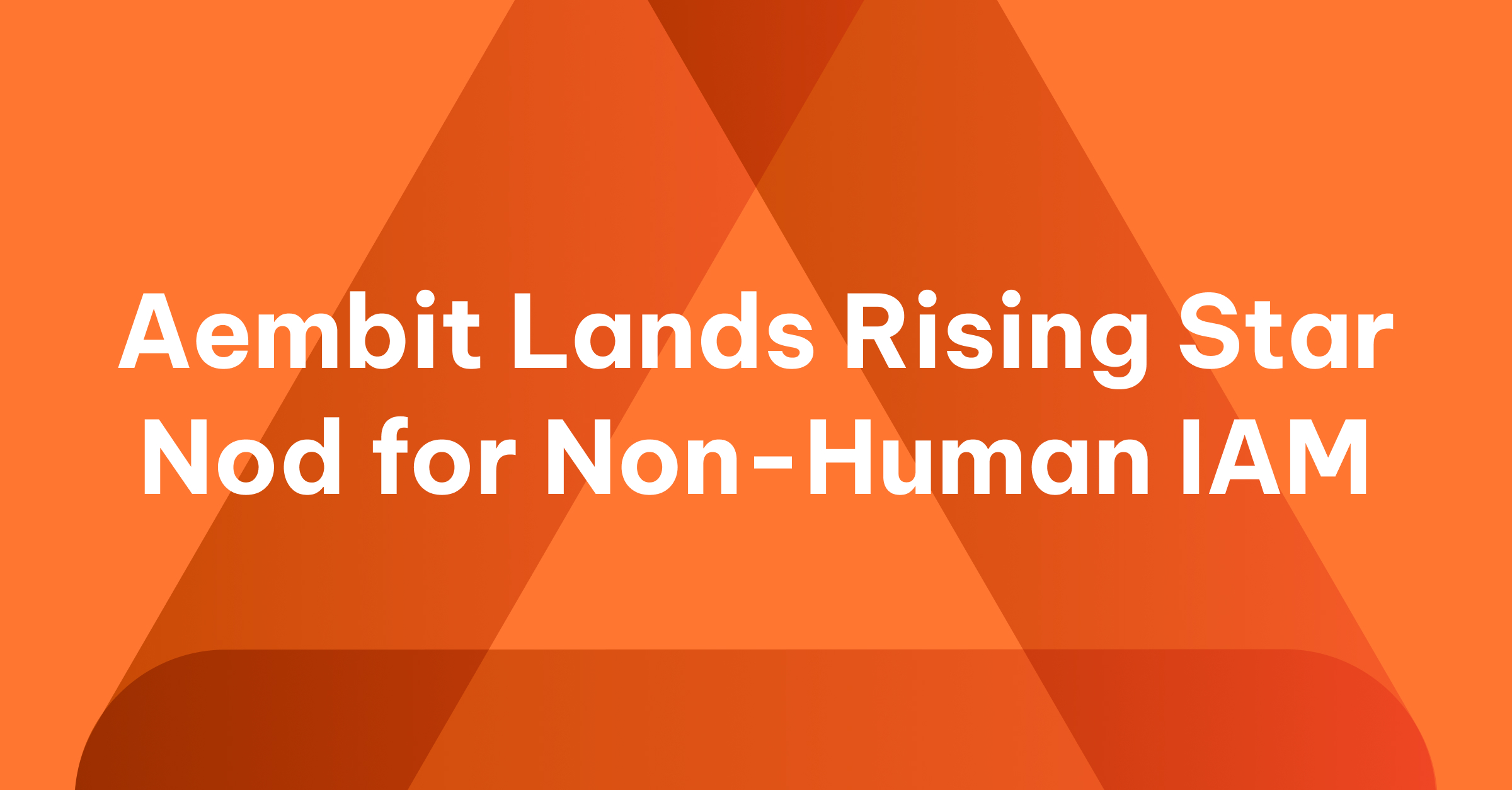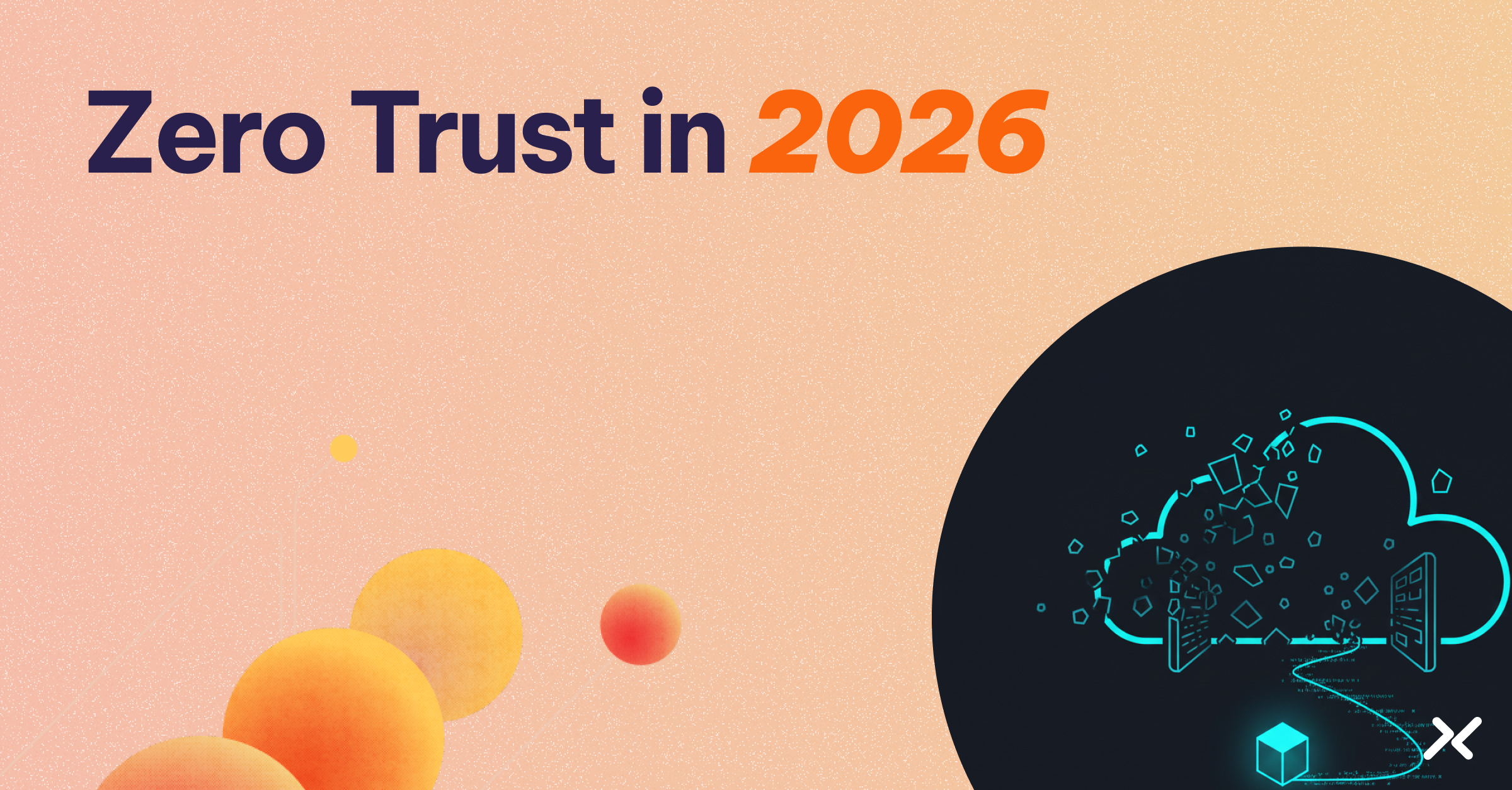As non-human identity emerges as its own category, Aembit is being recognized for shaping how it’s secured.
KuppingerCole, an analyst firm focused on identity and access management, recently named Aembit a Rising Star in non-human IAM. Its write-up highlights our work in securing workload-to-workload access with secretless authentication, policy-based controls, and real-time enforcement – and reflects broader momentum in how organizations are thinking about machine-to-machine access.
IAM tools have long focused on users. But the majority of access inside modern environments is initiated by software workloads – applications, scripts, and services. These non-human identities often outnumber users by a wide margin, yet they’re frequently secured with static credentials, shared service accounts, or manual processes that don’t scale and don’t align with present-day infrastructure.
KuppingerCole’s profile of Aembit noted several ways our Workload IAM Platform addresses this:
- Eliminating long-lived credentials by authenticating workloads dynamically at runtime.
- Enforcing access based on policy, identity, and posture — not just role or key possession.
- Integrating with existing IAM, cloud, and security tooling to support practical adoption.
- Providing visibility and auditability to support compliance and operational maturity.

Enterprises looking to strengthen their security posture by reducing credential-based risks and securing workload-to-workload interactions should consider Aembit as a leading solution in the NHIM space.
– KuppingerCole Analysts
Mirroring Industry Sentiment
What KuppingerCole described tracks with what we’re hearing from security leaders.
Many attacks today don’t rely on malware or vulnerabilities. They rely on existing access – credentials that were provisioned automatically, never rotated, and rarely reviewed.
In that landscape, identity becomes the most available entry point. And the access paths that matter most are the ones that happen between machines. These identities are persistent, over-permissioned, and rarely tracked with the same rigor as human accounts – making them useful to attackers and hard to audit in hindsight.
Security decisions increasingly need to be made in real time, based on workload identity and context. That’s especially true in environments driven by automation and AI, where software is capable of provisioning infrastructure, initiating connections, and taking action on its own.
These are the problems Aembit was built to address. It’s incredibly encouraging to see analysts like KuppingerCole helping to bring more attention to this space.
The Workload IAM Company
Manage Access, Not Secrets
Boost Productivity, Slash DevSecOps Time
No-Code, Centralized Access Management




